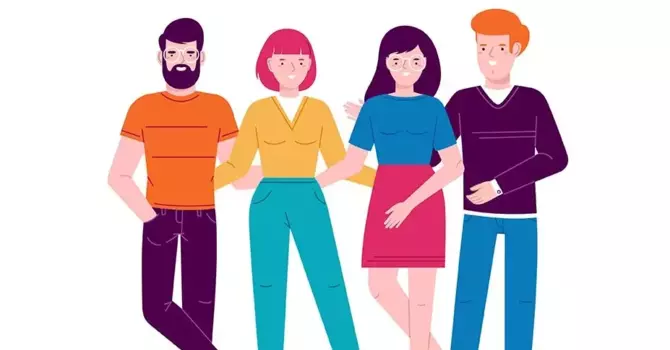For many queer individuals, the idea of seeking therapy can be daunting. The fear of judgment, misunderstanding, or even outright discrimination can create a barrier that feels insurmountable. This apprehension is not unfounded; historically, mental health services have not always been welcoming or inclusive of LGBTQ+ individuals.
The journey to therapy often begins with the recognition that you deserve support. It's important to remember that there are therapists who specialize in LGBTQ+ issues and provide a safe, understanding environment. Finding the right therapist can transform the therapy experience from one of fear to one of healing and growth.
As you stand at the threshold of a new chapter, it's natural to feel a mix of emotions. The key is to focus on the hope that lies within the process. Therapy can be a powerful tool in overcoming internal struggles and finding acceptance, both from within and from the world around you.
Here are some steps that can help:
-
Research LGBTQ+ Friendly Therapists:
- Look for therapists who specialize in or have experience with LGBTQ+ issues. Websites like Psychology Today, TherapyDen, and Inclusive Therapy Group often have filters to help find the right match.
-
Seek Recommendations:
- Ask friends, family, or community groups for recommendations. Personal referrals can provide a sense of security and trust.
-
Initial Consultation:
- Many therapists offer a free initial consultation. Use this opportunity to ask questions about their experience with LGBTQ+ clients and to gauge if you feel comfortable with them. At Inclusive Therapy Group we offer a free consultation, book here.
-
Prepare for Sessions:
- Write down your concerns, goals, and any questions you have before your session. This can help you feel more in control and focused.
-
Set Boundaries:
- It's okay to set boundaries with your therapist. If something makes you uncomfortable, communicate it. A good therapist will respect your limits.
-
Educate Yourself:
- Understanding common issues faced by LGBTQ+ individuals in therapy can help you articulate your needs and concerns better.
-
Start Slowly:
- It's okay to take things slow. Building trust takes time, and it's important to pace yourself according to your comfort level.
-
Seek Support Networks:
- Join support groups or online forums where you can share experiences and get advice from others who have been through similar situations.
-
Practice Self-Care:
- Engage in activities that make you feel safe and relaxed. Self-care routines can help manage anxiety related to therapy.
-
Acknowledge Your Courage:
- Recognize that seeking therapy is a brave step towards self-improvement. Celebrate your progress, no matter how small it may seem.
-
Utilize Resources:
- Organizations like The Trevor Project, PFLAG, and local LGBTQ+ centers often provide resources, support, and even therapy referrals.
-
Trust the Process:
- Understand that therapy is a journey. There might be ups and downs, but trusting the process and staying committed can lead to significant personal growth.
By taking these steps, queer individuals can navigate the path to therapy with more confidence and ease, ultimately finding the support and acceptance they deserve.
Inclusive Therapy Group can be that welcoming, warm and affirming partner to get the care that you need. Book a session today.




